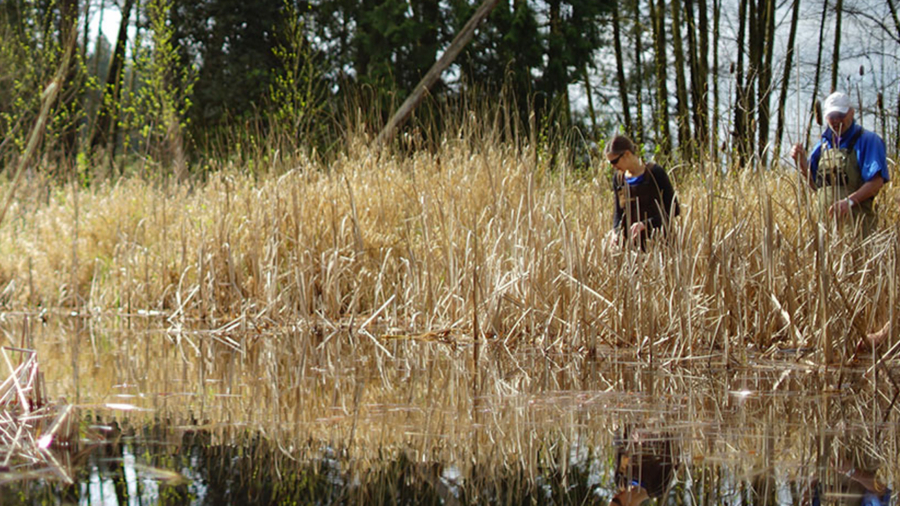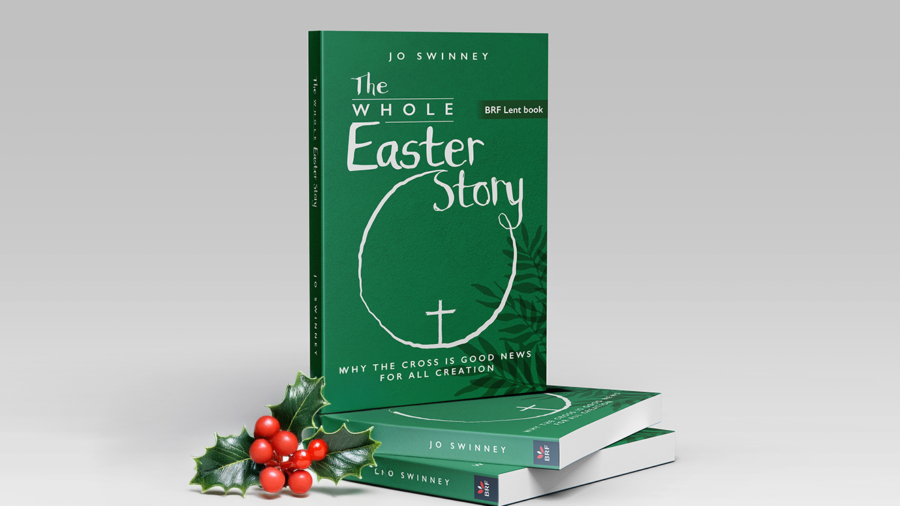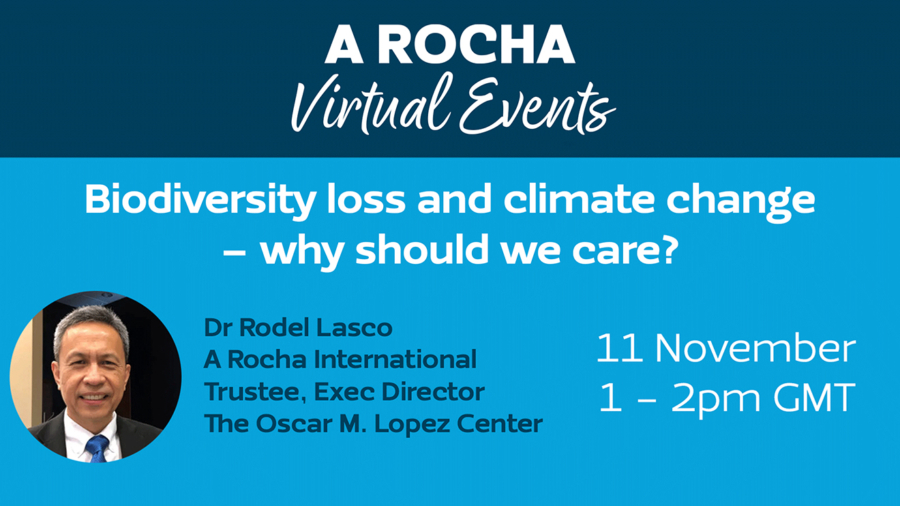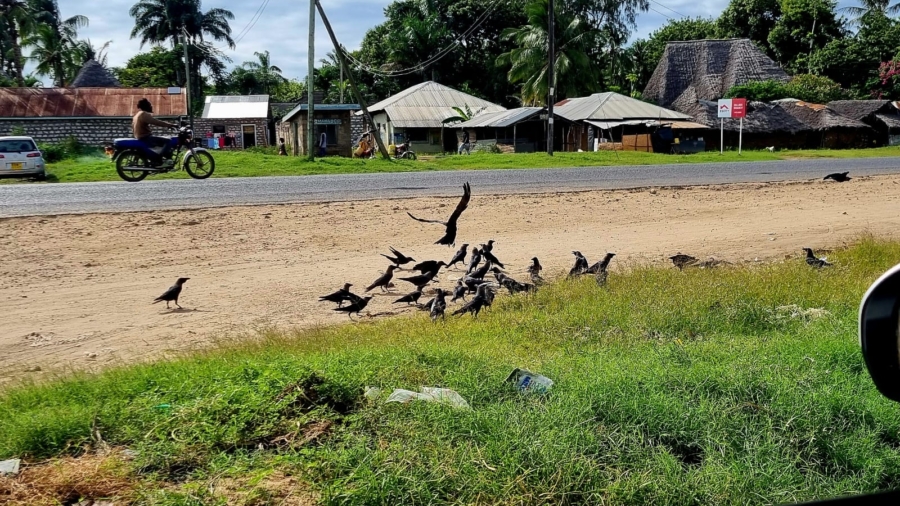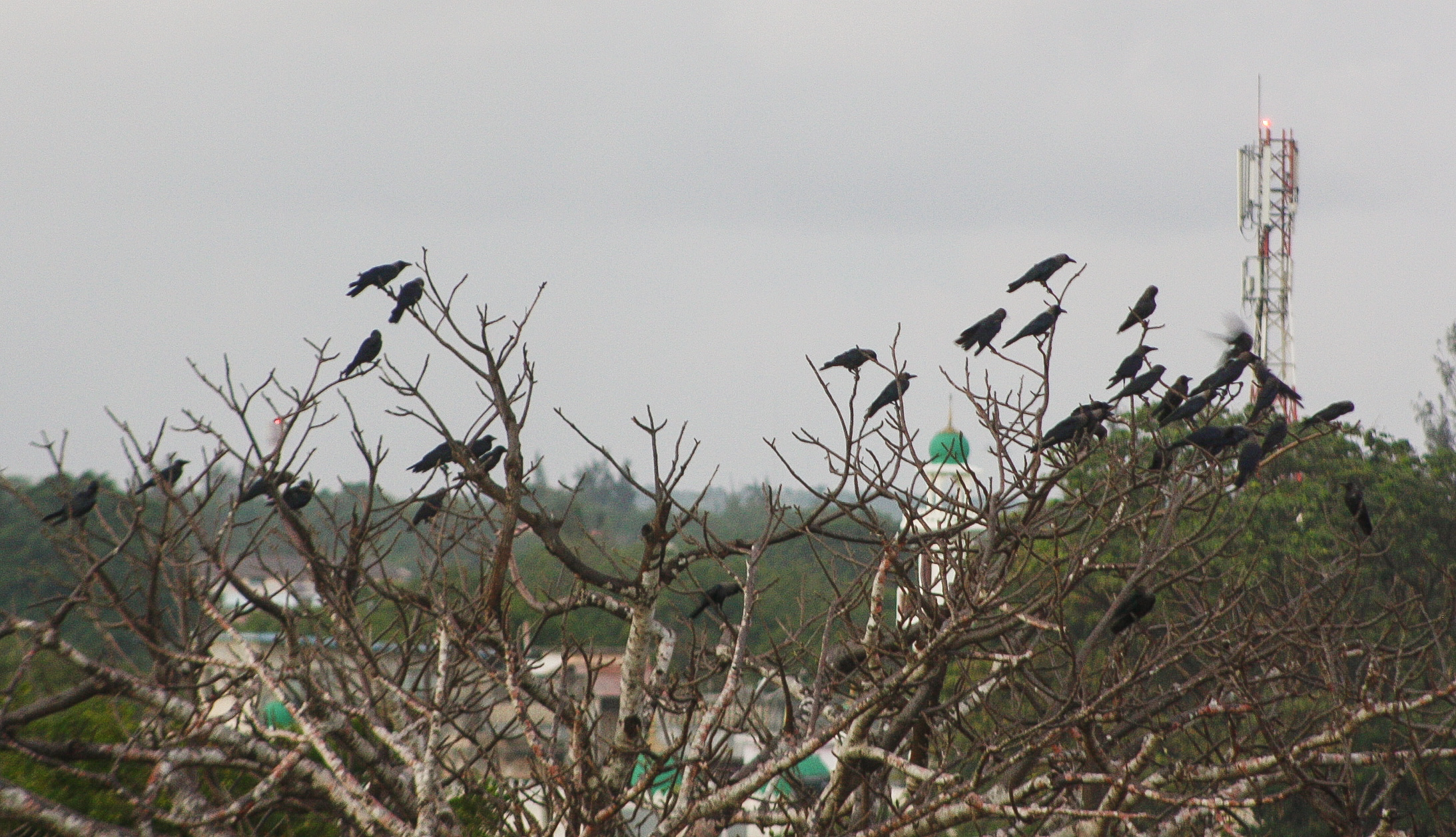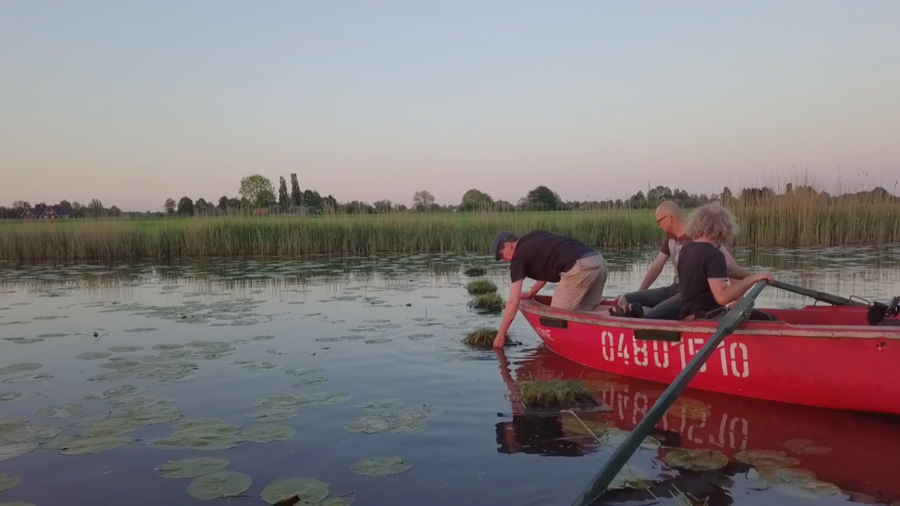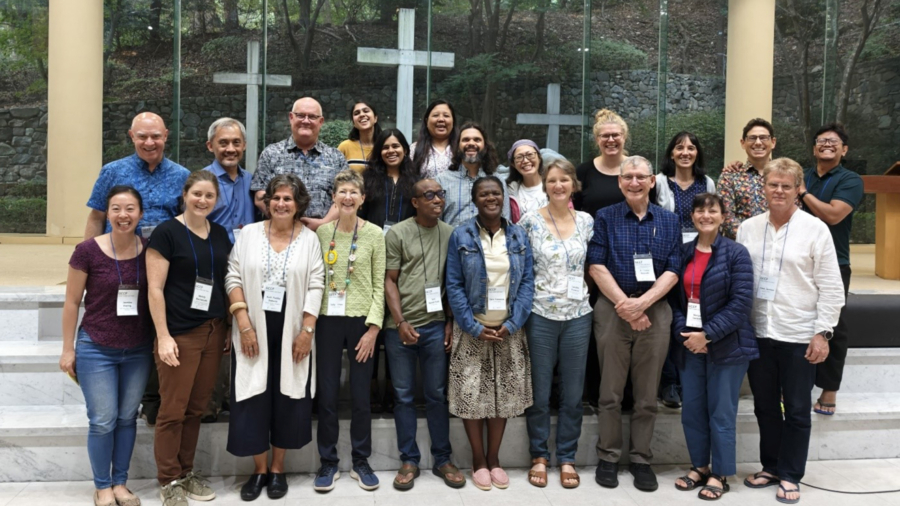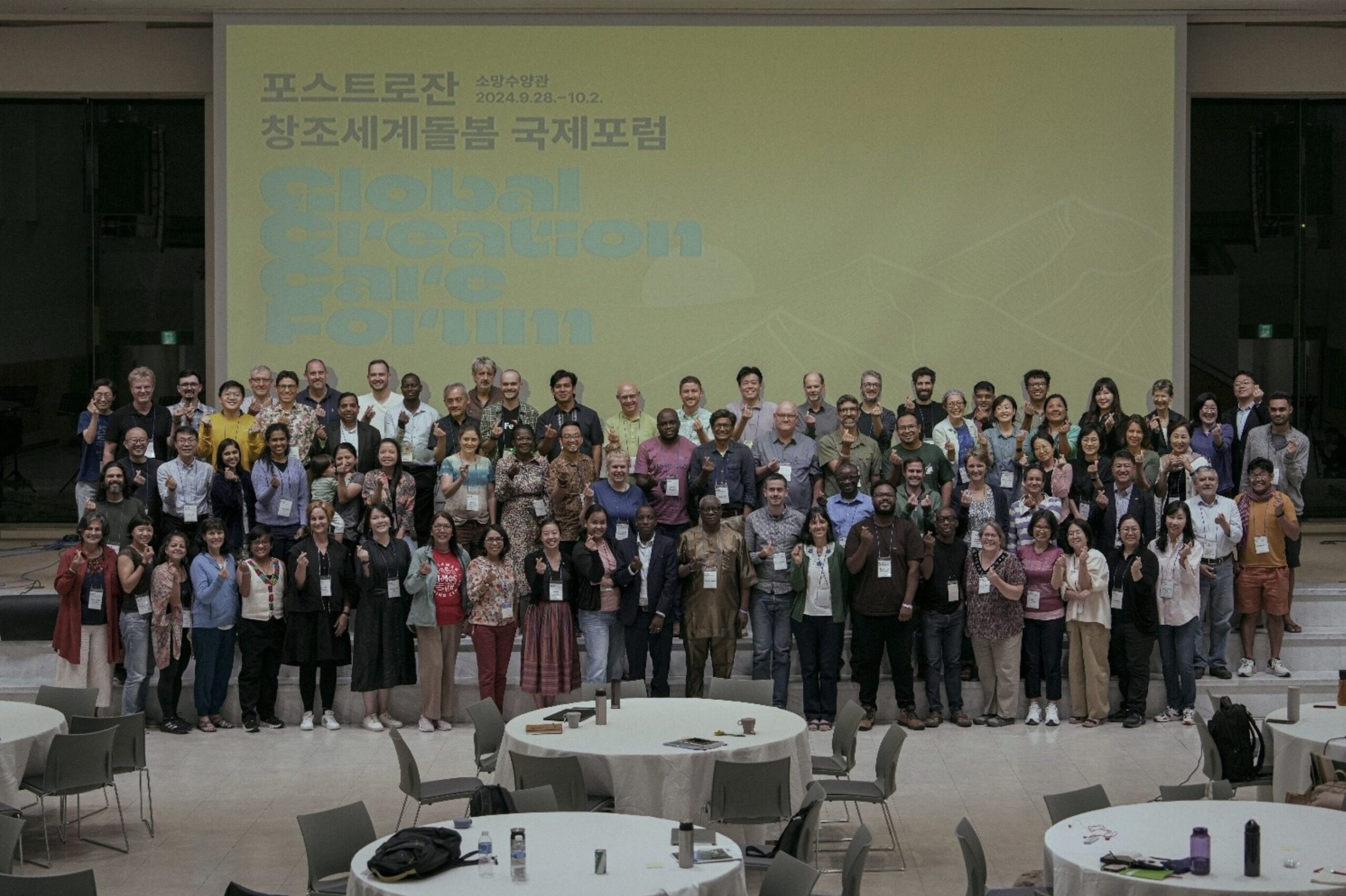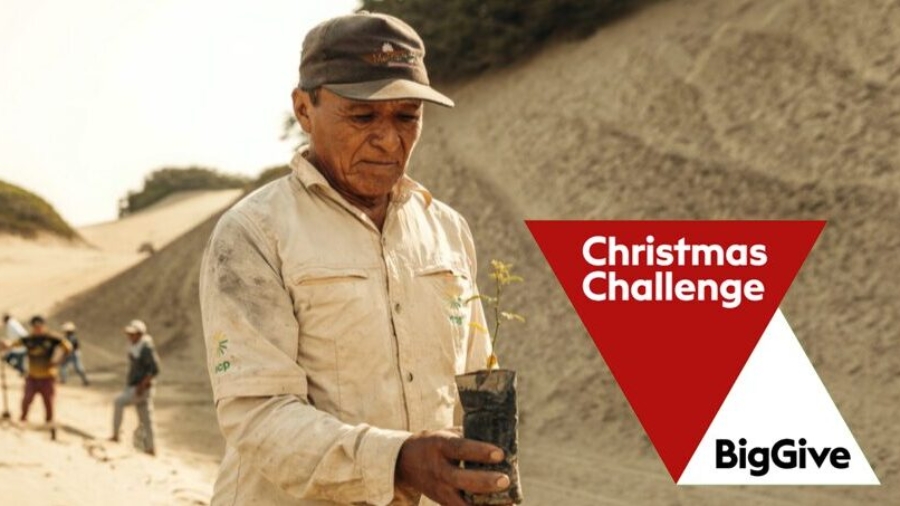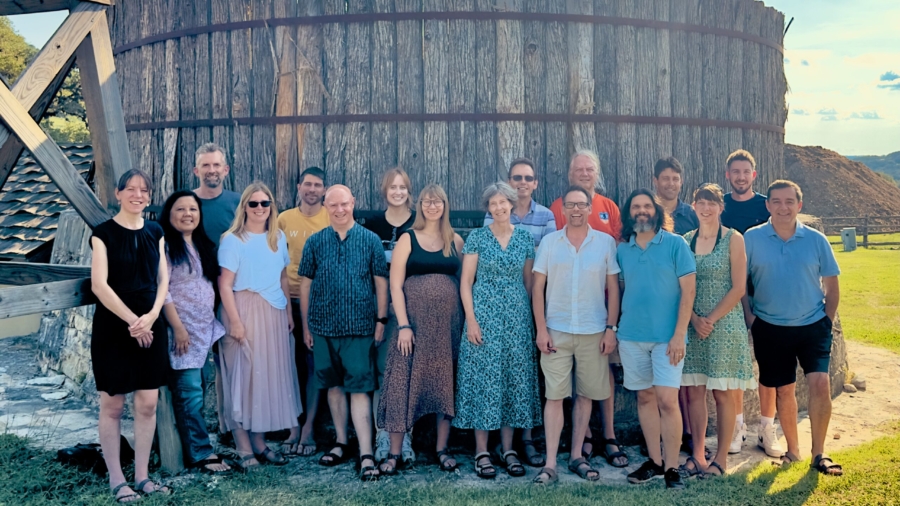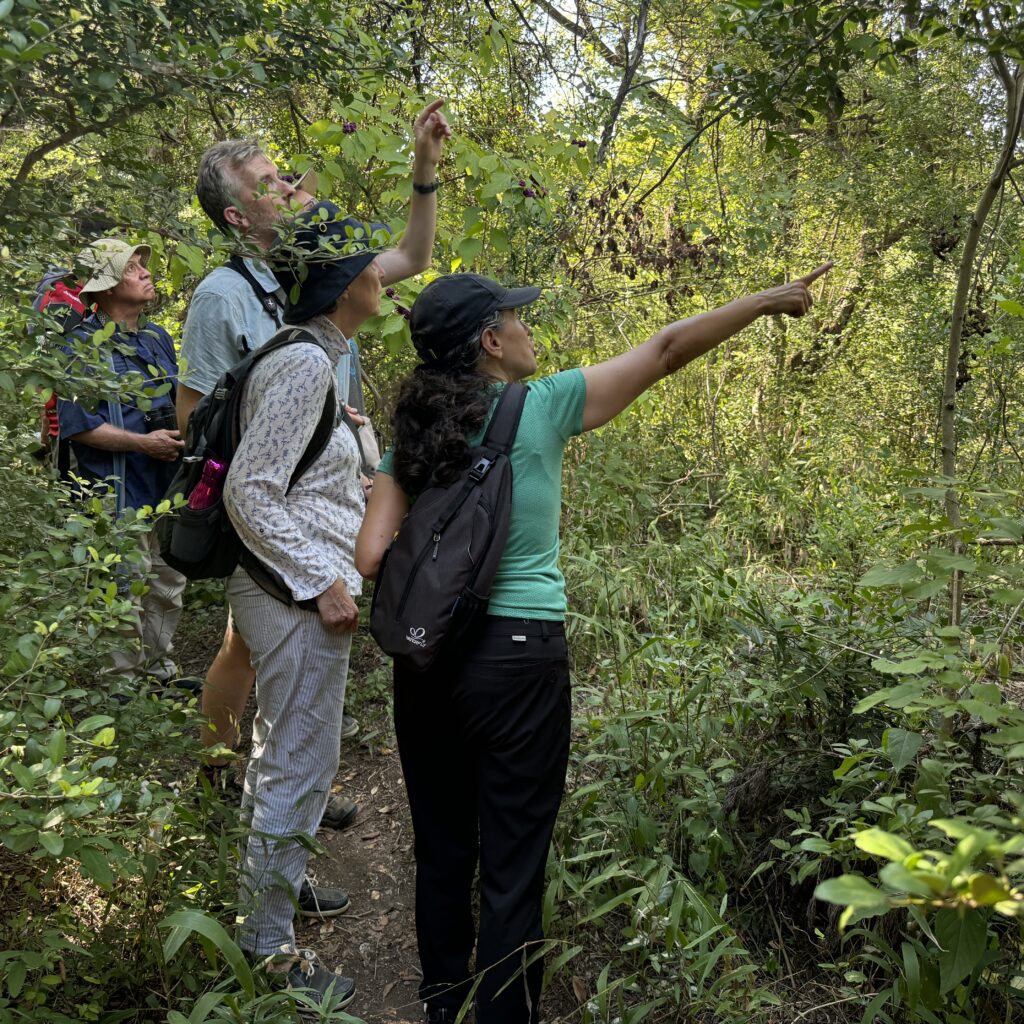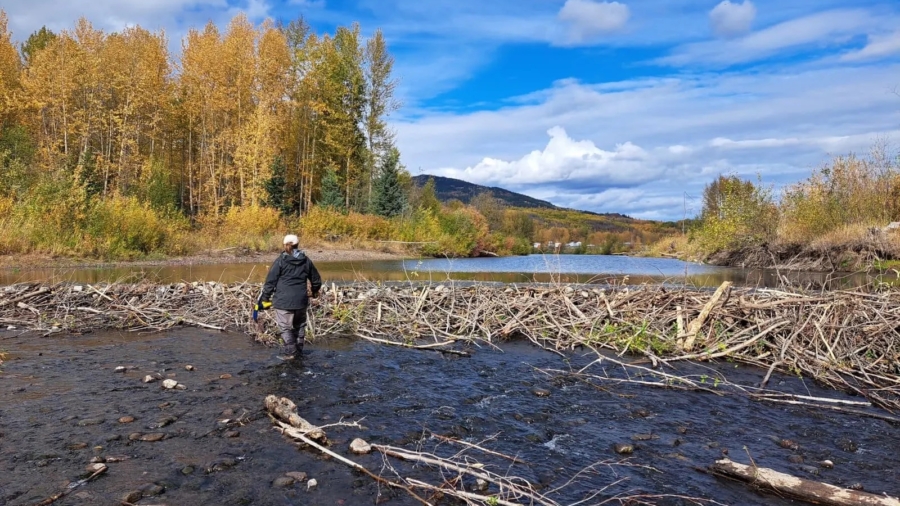September signals the beginning of an exciting new season for the small but dedicated team of conservationists at Buck Creek Hatchery and Nature Centre: the arrival of Coho Salmon spawners. The Coho have undertaken a vast journey up rivers, through canyons and past lakes. Some of them may have hatched and grown into fry at the hatchery operated by A Rocha Canada in Northern British Columbia! Having reached their home waters where they were either born or released, the Coho have now reached the end of their life’s journey and will lay their eggs in redds, which are rock nests in the gravel of the riverbed.
Each year, the A Rocha team monitors the return of the Upper Bulkley River Coho spawners and captures a small number of them to collect a target of 10,000 eggs for their hatchery. Last year, however, the salmon faced challenging waters which were exceptionally low due to drought. Added to this, several beaver dams blocked the spawning salmon, leaving them vulnerable to predators as they had no way through the dam.
Beavers are amazing river engineers: without them, the water levels in the river would have been even lower. Beaver ponds slowly release water and create perfect rearing pools for juvenile Coho Salmon; however, when the dam completely spans the river, it becomes an impassable barrier to Coho spawners migrating upstream. With the concerns about the low returns of salmon spawners to the Upper Bulkley River, we want to ensure they have the best chance to reach their spawning grounds in time. Careful management of beaver dams is one tool to help achieve this goal.
A Rocha Northern BC called on their network of amazing volunteers, reached out to landowner contacts to secure access to the river and began journeying with the Coho up the Upper Bulkley River. They found fifteen beaver dams within the first 30 km of the river where Coho Salmon were stuck below and successfully assisted at least 300 Coho spawners past the beaver dams! While some of the Coho stopped to spawn along the way, about 100 made it at least 30 km up the river to an area of valuable spawning habitat.
Although humans can–and often do–create immense damage in an ecosystem, we can also be a source of healing. Droughts exacerbated by climate change are an increasingly common occurrence, and in some cases, species struggle against one another for habitat. Through careful management, we can create a healthy home for all the creatures who live in the Buck Creek Watershed. To protect both the salmon and the beavers, an effective compromise is to create an opening in the dam that the salmon can swim through while leaving the base intact.
Sadly, drought conditions are continuing into a fourth year at Buck Creek. Despite a rainier spring, low snowpack and hot summer months have left the river lower than ever. While hundreds of Chinook Salmon should have been seen in the past couple months, the A Rocha team only spotted five, four of which died before they were able to spawn. Thankfully, rain has come, and we are hopeful that Coho will arrive with higher waters. The beaver dams are looking sturdy as ever. Come what may, A Rocha will be there working for the mutual flourishing of all our creaturely neighbours.

